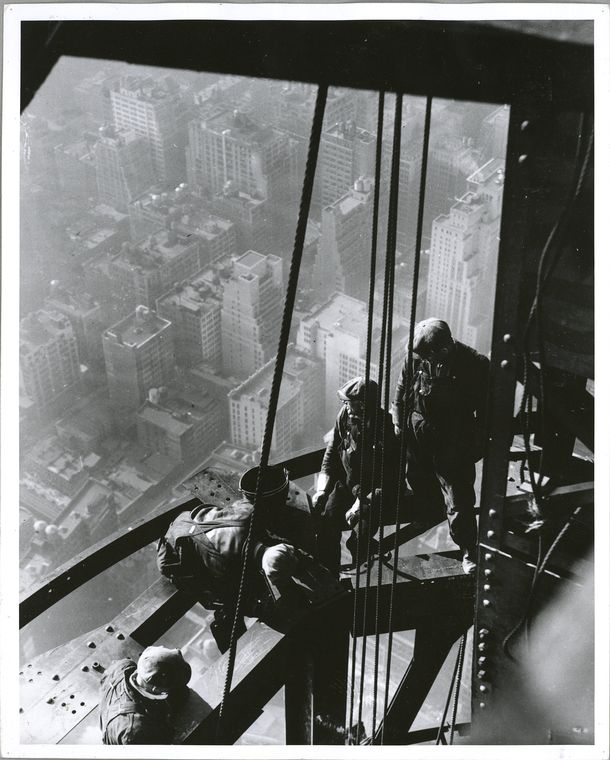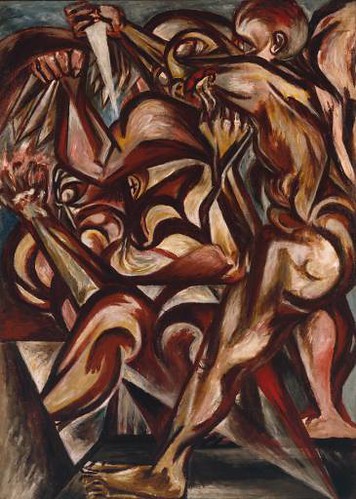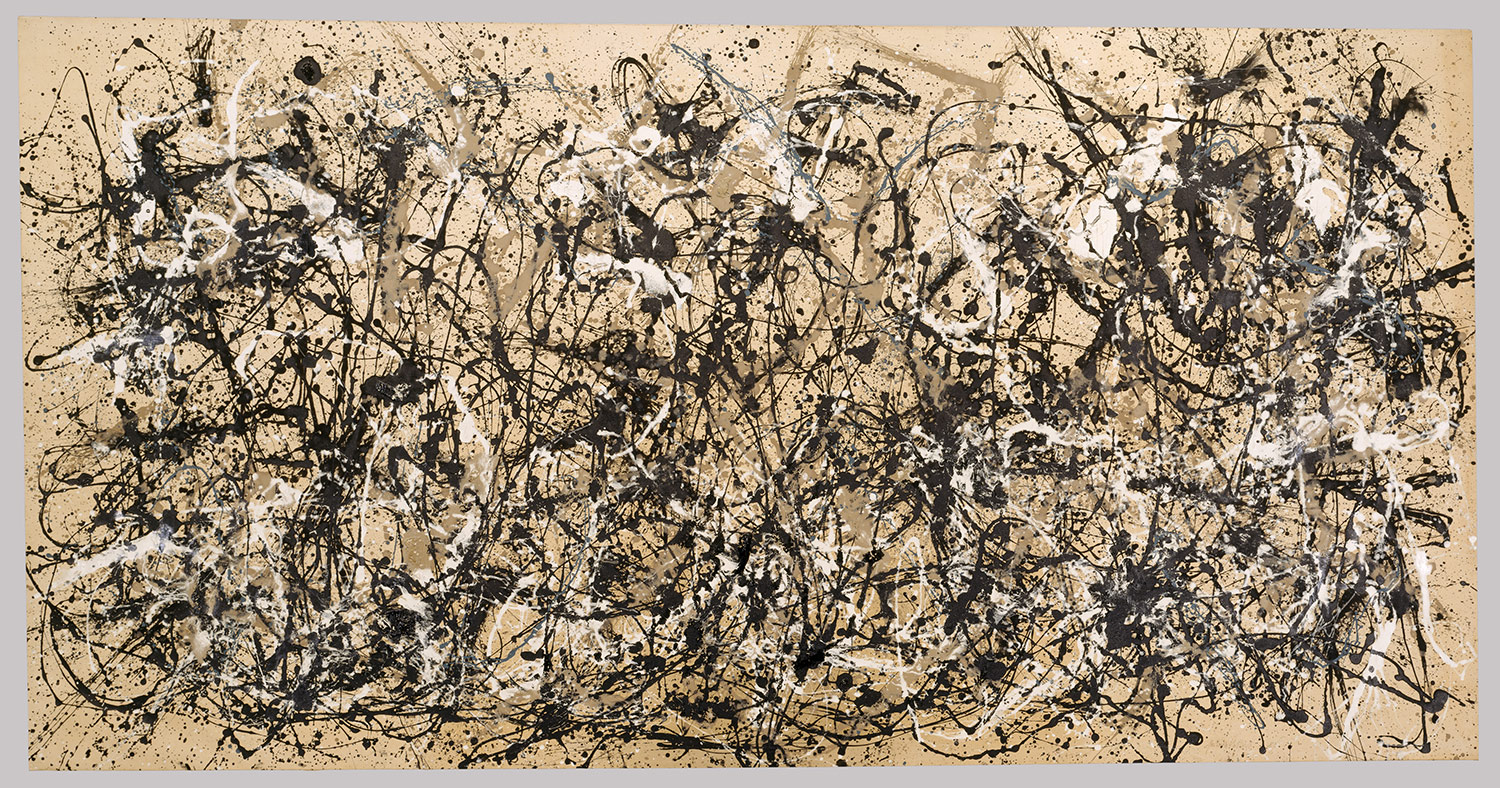Using an “Adobe Flash Player and Adobe Air Software” SWF files carry text, videos, vector graphics, and sound to millions viewers over the world wide web (SWF Technology Center, 2011). It was designed specifically to “deliver graphics and animation over the Internet” (A Concise Guide to the SWF File Format, 2011). With a high compatibility rate of “ over 98%” with web enable desktop computers, and over “800 million” personal handheld devices, the SWF file format has proved to be a very efficient an effective way to exchange this binary data (SWF Technology Center, 2011).
While the format is extremely useful for displaying the binary information, SWF does not offer editing capabilities, which forces creators and editors to keep the original document in a different format. At the same time, the inability to edit SWF files, serves somewhat as security for the files that have been created.
The format was created with a handful of key goals in mind. The creators knew the importance of having a file created primarily for on-screen display. The on-screen display would then need to offer “fast rendering to a bitmap of any color format, animation and interactive buttons” (A Concise Guide to the SWF File Format, 2011). It also needed to be expandable so it could easily evolve with technology and demand, as well as, maintain compatibility. There was careful consideration placed in the ability to have files compressed for quick loading regardless of the speed, and bandwidth, as well as, then ensure high quality of the viewed information. Having files that were no longer dependent on other external source files was also very important. This removed the concern for linking external files like fonts, source graphics, videos or even sound. Everything would be contained with in the SWF file. Finally the other area development considered is how the file would interact with different sized displays. With continually changing resolutions, screen sizes and shapes it was important to make the file format scalable.
Works Cited.
"A Concise Guide to the SWF File Format." The Labs: Homepage. Web. 22 May 2011. .
"SWF Technology Center | Adobe Developer Connection." Adobe. Web. 22 May 2011. .








